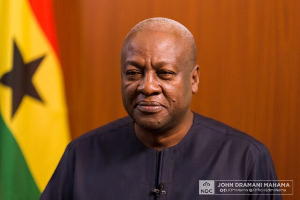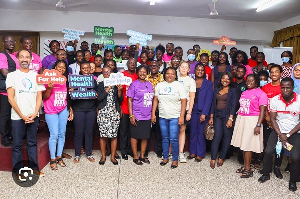The Savannah Accelerated Development Authority (SADA) is set to establish a Bank by end of next year.
The move is geared towards creating an institutional vehicle to accelerate growth in the savanna zone. A seed capital of about $100 million has been projected to kick start the bank.
The authority is setting the institution up as an independent financial body with little state influence.
It has therefore proposed a 20 percent government and 80 percent private equity. The major funding partners will be development financial bodies including the World Bank, African Development Bank, ECOWAS Bank for Investment and Development, the International Fund for Agriculture and Development among others.
Private partners being sought after includes the pension’s fund, private commercial banks and academic practitioners.
According to the SADA Chief Executive Officer, Charles Abugre the peculiar challenges of the north needs a financial body with a long term agenda to help transform its fortunes.
“The Northern Savana Zone is also exceedingly fortunate. It is an excitedly wealthy part of West Africa. It has everything.
"It has over 11 million hectors of land suitable for commercial agriculture. If you look at the river and water distribution map it has most of our water basins,” he told journalists at a round table conference on a savanna financing vehicle.
He added: “… If you look at that map you have tributaries all over the place. If you review the hydro geology map that is the underground water map most of the place have underground water which is not too deep”.
“When you connect water with soils with investment with infrastructure with people who do farming you turn a poor place into a thriving place then our migration patterns will change not only just that you have small young women empting from the North and ending up in our slums but in fact we will have a reverse migration process where the best skills in the country moves around to the places with the best opportunities” Mr. Buguri intimated.
The zone which represents about 54 percent of the country’s size has been marked as the poorest zone since independence.
According to the Poverty incidence map 2005/2006, Wa West District is the poorest with 92.4 percent living below the national poverty line.
This means 92.4 percent of the population lives on less than $1.90 a day at 2011 international prices. The most economically active community in the area - Tamale North sub metro has 24.7 percent living in poverty.
Business News of Thursday, 5 November 2015
Source: starrfmonline.com

















